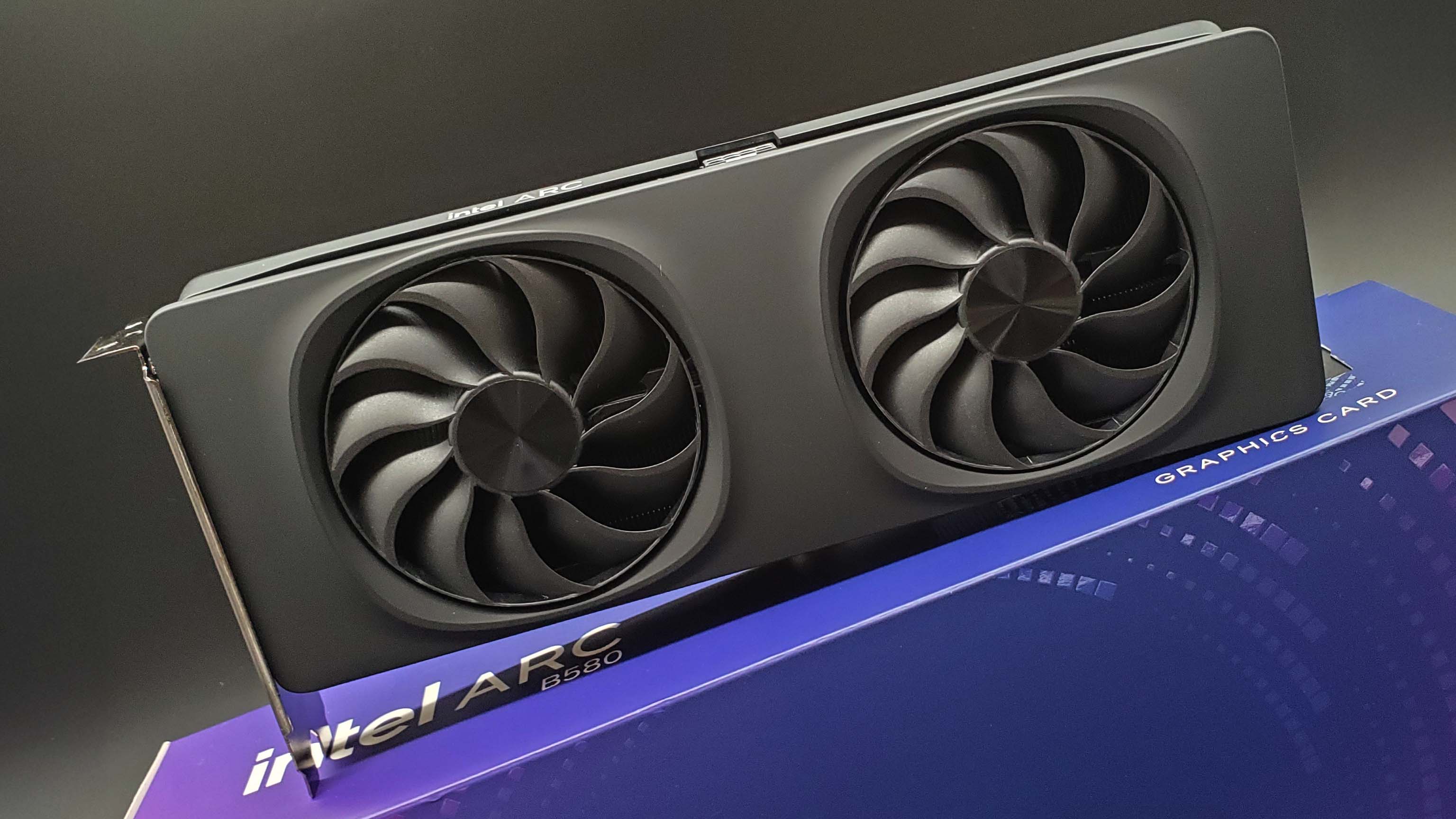
Intel has just 18 months to land a big customer or its cutting-edge fabs are history. That's according to Bernstein & Co. analyst, Stacy Rasgon (via Oregon Live).
Specifically, Intel itself has said it plans to start making chips on its next-next-gen 14A node (the one that comes after the actual next-gen 18A process due later this year) in 2028 or 2029. While that may seem a while off, Rasgon thinks the ramp up time involved with getting a new process running means Intel has just 18 months from now to "land a hero customer on 14A" for its chip foundry business.
The issue here is that Intel recently made very clear that if it cannot land a major external customer, it will all be over for its cutting-edge manufacturing nodes. "If we are unable to secure a significant external customer and meet important customer milestones for Intel 14A, we face the prospect that it will not be economical to develop and manufacture Intel 14A and successor leading-edge nodes on a go-forward basis.
"In such event, we may pause or discontinue our pursuit of Intel 14A and successor nodes and various of our manufacturing expansion projects," Intel recently conceded. Horror.
What's more, Rasgon reckons that the mere acknowledgement that Intel may have to exit the cutting-edge chip manufacturing business may scare off potential clients, even before they're signed up. "We believe the disclosure itself may make it more difficult to attract major customers if they are not convinced of Intel’s commitment,” Rasgon says.

On the other hand, Intel's new CEO Lip Bu Tan isn't all doom and gloom. He says Intel is working more closely than before with customers to make sure 14A meets their needs. "That gives me a lot of more confidence that this time we have customers engaging early enough in the inception," Tan said earlier this week. "Customers are excited."
From our perspective and what it all means for the PC and PC gaming, well, it doesn't feel great. It seems like we've been waiting for a major turn-around from Intel for an awfully long time. It was over five years ago that Intel appointed engineering veteran Pat Gelsinger as CEO, to much acclaim.
Shortly after, Gelsinger unveiled his bold plan to release five new chip nodes in four years, put Intel back into a position of clear technological leadership and turn its fabs into a cash machine making chips for external customers.
Here we are in 2025 and, in essence, very little of that has been delivered. On paper, the five nodes included Intel 7, Intel 4, Intel 3, Intel 20A and Intel 18A. Under close inspection, Intel 7 is really a rebrand of Intel's 10nm node, Intel 4 and 3 are variations on the same theme and thus far have only been used for a small number of CPU models, and in the case of Intel's Meteor Lake laptop CPU, only for the CPU tile, while Intel 20A has been cancelled entirely.
That leaves 18A, which supposedly rolls out later this year within Panther Lake. It was once the node upon which Gelsinger himself said he'd bet the company but more recently got downgraded to a technology that is only likely to be used internally by Intel, with the focus for external customers moving to 14A.
And now we're back to that 18 month deadline for 14A else the whole idea of pursuing cutting-edge chip manufacturing at Intel is a goner. In that context, it's certainly a little tricky to imagine Intel maintaining investment in relative side projects like Arc gaming graphics, which would be a great pity. We desperately need some competition for AMD and Nvidia in graphics. Of course, losing Intel entirely and the impact that would have on competition in the PC processor market doesn't bear thinking about
Like I said, the sense is of lots of critical milestones being evoked, then ignored and the assumption is that it can't go on forever. Not long ago, it was all about 18A, now everything hinges on 14A. Surely Intel can't kick the can any further down the road?







